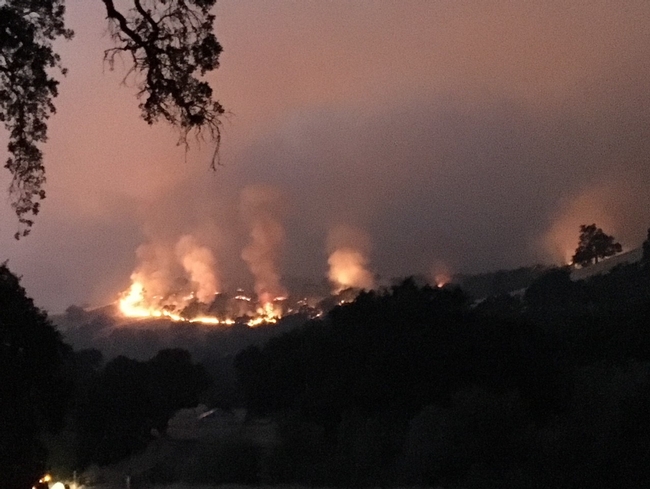
Californians must adapt their lives to fire
California is a place forged by fire, and its fierce fire-fighting policies are creating fuel-filled landscapes that will burn hotter and faster than ever, reported Lisa M. Krieger in the San Jose Mercury News.
"Unless we change course, we'll never work our way out of this dilemma," said UC fire scientist Scott Stephens. "Unless we can get ahead of it, it'll never get better."
Strategies to live with fire were modeled at the UC Hopland Research and Extension Center when the Mendocino Complex Fire spread on its rolling oak woodland and chaparral landscape in late July. About 3,000 of the center's 5,300 acres burned.
In pastures where sheep had grazed, the oaks still have green leaves. In other areas not grazed since the 1950s, undergrowth provided a ladder for flames to reach oak canopies.
In areas were vegetation was reduced by grazing, "the fire was less intense. It skipped around more. It wasn't as complete a burn," said Hopland director John Bailey. "Having animals on the land reduced the hazard."
(Read more about the fire at Hopland in a blog post by community educator Hannah Bird.)
Prescribed burning is another strategy to maintain a forest that is resilient to fire.
“Prescribed burns are a really powerful and underused tool,” said UC Davis ecologist Malcolm North. When a wildfire hits pre-burned areas, “it just putzes along.”

